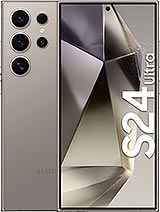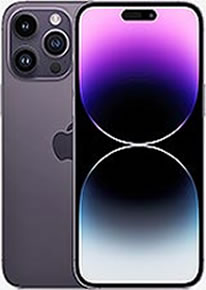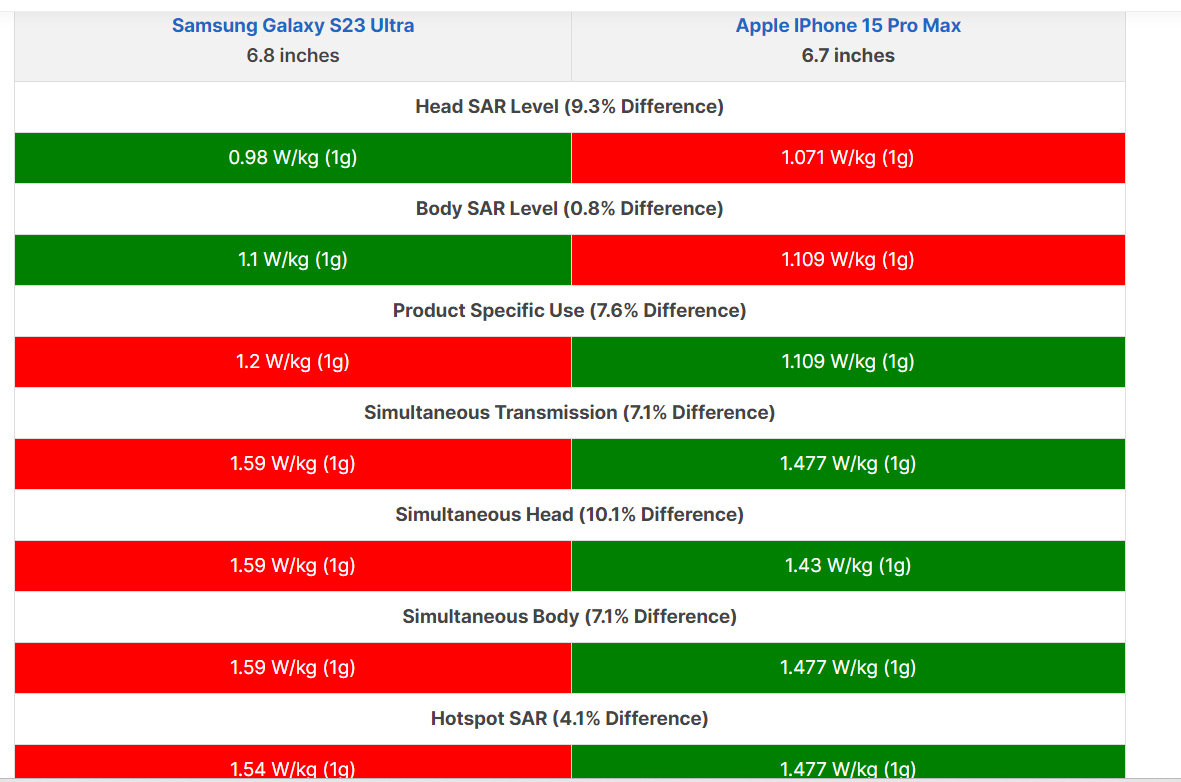Galaxy S24 Ultra vs iPhone 15 Pro Max
Samsung Galaxy S24 Ultra vs Apple iPhone 15 Pro Max
Samsung Galaxy S24 Ultra

$69.99 Original price was: $69.99.$45.47Current price is: $45.47.
Apple iPhone 15 Pro Max

$69.99 Original price was: $69.99.$45.47Current price is: $45.47.
| Samsung Galaxy S24 Ultra | Apple iPhone 15 Pro Max |
|---|---|
| Head SAR (Cellular Only) (17.8% Difference) | |
| 1.26 W/kg | 1.07 W/kg |
| Body SAR (Cellular Only) (79.0% Difference) | |
| 0.62 W/kg | 1.11 W/kg |
| Hot Spot SAR (Cellular Only) (13.5% Difference) | |
| 1.26 W/kg | 1.11 W/kg |
| Head SAR (Wi-Fi + Cellular) (11.2% Difference) | |
| 1.59 W/kg | 1.43 W/kg |
| Body SAR (Wi-Fi + Cellular) (2.7% Difference) | |
| 1.52 W/kg | 1.48 W/kg |
| Hot Spot SAR (Wi-Fi + Cellular) (2.1% Difference) | |
| 1.45 W/kg | 1.48 W/kg |
Choosing the right smartphone involves considering various factors, including safety and health. The Specific Absorption Rate (SAR) is a key measure that indicates the rate at which the body absorbs radio frequency energy. In this detailed comparison, we examine the SAR levels of the Samsung Galaxy S24 Ultra and the Apple iPhone 15 Pro Max to help you make an informed decision.
While many consumers rely on SAR (Specific Absorption Rate) levels to gauge the safety of their devices, these numbers can be misleading. John Coates, founder of RF Safe and a pioneer in EMF safety, offers crucial insights into understanding these deceptive metrics and provides practical advice on reducing exposure to potentially harmful radiation.
The Misleading Nature of Samsung’s 15mm SAR Testing
SAR levels are designed to measure the amount of RF (radiofrequency) energy absorbed by the body when using a mobile phone. While on the surface, lower SAR values might suggest a safer device, Coates explains that this can be deceptive due to several factors:
Different Testing Distances
“The FCC’s rules for SAR testing were established long before the advent of modern smartphones,” says Coates. For instance, Apple tests its iPhones at a distance of 5mm from the body, while Samsung often tests at 15mm. This increased distance significantly lowers the recorded SAR value, providing a false sense of safety.
Antenna Placement
Samsung has strategically relocated the antenna towards the bottom of their phones. “While this might reduce the SAR value recorded for the head, it could expose other parts of the body, like the thyroid gland, to higher levels of radiation,” Coates warns. The thyroid gland, unlike the brain, is not protected by bone, making it more susceptible to RF energy.
Outdated FCC Safety Standards
The FCC’s safety standards for RF radiation are based on guidelines established over two decades ago, focusing solely on thermal effects and ignoring the latest scientific evidence on non-thermal effects. These outdated standards have not kept pace with the design changes of modern technology, allowing manufacturers to exploit regulatory loopholes. “Samsung’s lower SAR values are a result of poorly designed and outdated regulatory guidelines and manipulative antenna design strategies rather than an actual reduction in radiation exposure,” Coates asserts.
Practical Advice from John Coates
Understanding these deceptive tactics allows us to use our phones more safely. Here are some practical tips from Coates:
- Use Speakerphone: “Whenever possible, use the speakerphone function to keep the phone away from your body,” advises Coates. This simple practice can significantly reduce your exposure to RF radiation.
- Hold the Phone by the Top: For those using Samsung S-series Galaxy phones, Coates suggests holding it by the camera end (top) during calls. “This avoids placing the most intense RF source in the palm of your hand and further away from your body,” he explains. By holding the phone at the top, you minimize the proximity of the antenna, which is typically located at the bottom, to your body. This reduces the amount of radiation your body absorbs.
- WiFi vs. Cellular: The source of radiation changes when using WiFi instead of cellular data. When using WiFi, the radiation primarily comes from the top of the phone, so hold it normally. In contrast, for cellular calls, holding it by the top reduces exposure.
- Directional Antennas: Modern phones use increasingly directional antennas, focusing RF energy more intensely in specific directions. Understanding this can help you position your phone to minimize exposure. Also, advocating for RF Safe antenna technologies is very important.
The Impact on Thyroid Cancer Rates
Educators at SaferEMR.com have suggested that the relocation of the antenna to the bottom of the phone could increase exposure to the thyroid gland. This gland lacks the protective bone structure that the skull provides for the brain, potentially leading to higher absorption of RF energy and increased cancer risk.
Comparative SAR Values
Samsung Galaxy S24 Ultra vs. Apple iPhone 15 Pro Max
| SAR Metric | Samsung Galaxy S24 Ultra | Apple iPhone 15 Pro Max | Difference |
|---|---|---|---|
| Head SAR Level | 1.26 W/kg (1g) | 1.071 W/kg (1g) | 15.0% |
| Body SAR Level | 0.62 W/kg (1g) | 1.109 W/kg (1g) | 78.9% |
| Product Specific Use | 1.26 W/kg (1g) | 1.109 W/kg (1g) | 12.0% |
| Simultaneous Transmission | 1.59 W/kg (1g) | 1.477 W/kg (1g) | 7.1% |
| Simultaneous Head | 1.59 W/kg (1g) | 1.43 W/kg (1g) | 10.1% |
| Simultaneous Body | 1.52 W/kg (1g) | 1.477 W/kg (1g) | 2.8% |
| Hotspot SAR | 1.45 W/kg (1g) | 1.477 W/kg (1g) | 1.9% |
Detailed SAR Rankings for Samsung Galaxy S24 Ultra
- Head SAR (Cellular Only): 1.26 W/kg is Ranked #49 (78.75% of limit)
- Body SAR (Cellular Only): 0.62 W/kg is Ranked #8 (38.75% of limit)
- Hotspot SAR (Cellular Only): 1.59 W/kg is Ranked #44 (99.38% of limit)
- Head SAR (Simultaneous): 1.52 W/kg is Ranked #34 (95.00% of limit)
- Body SAR (Simultaneous): 1.26 W/kg is Ranked #38 (78.75% of limit)
- Hotspot (Simultaneous): 1.45 W/kg is Ranked #18 (90.63% of limit)
Detailed SAR Rankings for Apple iPhone 15 Pro Max
- Head SAR (Cellular Only): 1.07 W/kg is Ranked #36 (66.94% of limit)
- Body SAR (Cellular Only): 1.11 W/kg is Ranked #36 (69.31% of limit)
- Hotspot SAR (Cellular Only): 1.43 W/kg is Ranked #30 (89.38% of limit)
- Head SAR (Simultaneous): 1.48 W/kg is Ranked #30 (92.31% of limit)
- Body SAR (Simultaneous): 1.11 W/kg is Ranked #24 (69.31% of limit)
- Hotspot (Simultaneous): 1.48 W/kg is Ranked #20 (92.31% of limit)
Understanding the nuances behind SAR levels is crucial for making informed decisions about mobile phone usage and radiation exposure. The differences in testing distances and antenna placements can significantly impact the SAR values reported by manufacturers, leading to potentially misleading safety perceptions. It is essential to consider these factors and follow practical advice to minimize exposure and protect your health.
Critical Analysis of SAR Levels and Safety
While both the Samsung Galaxy S24 Ultra and the Apple iPhone 15 Pro Max comply with current regulatory SAR limits, it’s important to scrutinize the adequacy of these standards. The Federal Communications Commission (FCC) guidelines, established in 1996, primarily consider thermal effects and have not been updated to reflect the latest scientific research on RF radiation’s biological effects.
Alarming Findings and the Need for Updated Guidelines
Chicago Tribune Investigation A significant investigation by the Chicago Tribune revealed that some popular cellphones, including the iPhone 7, emitted RF radiation levels exceeding the legal safety limit when tested under real-world conditions, such as close proximity to the body. This discrepancy between manufacturer-reported and independent test results highlights potential gaps in the current safety guidelines.
FCC Lawsuit and Court Ruling In a landmark case, the U.S. Court of Appeals for the DC Circuit ruled against the FCC, citing the agency’s failure to consider new scientific evidence and the long-term effects of RF radiation exposure. This ruling underscores the urgent need for updated safety standards that reflect contemporary understanding of RF radiation risks.
Scientific Evidence and Public Health Concerns Recent studies, including those by the Ramazzini Institute and the National Toxicology Program (NTP), have shown biological effects at RF radiation levels below the current legal limits. These findings challenge the FCC’s and FDA’s assurances of safety and raise concerns about the potential health risks, particularly for children and long-term users.
Reassessing Safety and Regulatory Measures
While the Samsung Galaxy S24 Ultra and the Apple iPhone 15 Pro Max meet the outdated FCC standards, the evidence suggests a need for more stringent regulations and updated safety guidelines. Consumers should remain cautious and informed about the potential risks associated with RF radiation exposure.
Recommendations for Consumers
- Limit Exposure: Use speakerphone or hands-free devices to minimize direct contact with your body.
- Awareness: Stay informed about the latest research and updates on RF radiation safety.
- Advocacy: Support initiatives calling for updated safety guidelines and more rigorous testing protocols.
Final Thoughts
The comparison of SAR levels between the Samsung Galaxy S24 Ultra and the Apple iPhone 15 Pro Max underscores the importance of re-evaluating current safety standards. As technology continues to evolve, ensuring public health and safety must remain a top priority. The recent court rulings and scientific findings highlight the need for regulatory bodies to act promptly and decisively in updating safety guidelines to protect consumers from potential harm.
Making the Choice
When deciding between these two top-tier smartphones, consider your specific needs and how you use your phone. If lower body radiation exposure is a top priority, the Samsung Galaxy S24 Ultra stands out. However, both phones offer advanced features and a safe user experience, ensuring you get the best of both worlds regardless of your choice.








